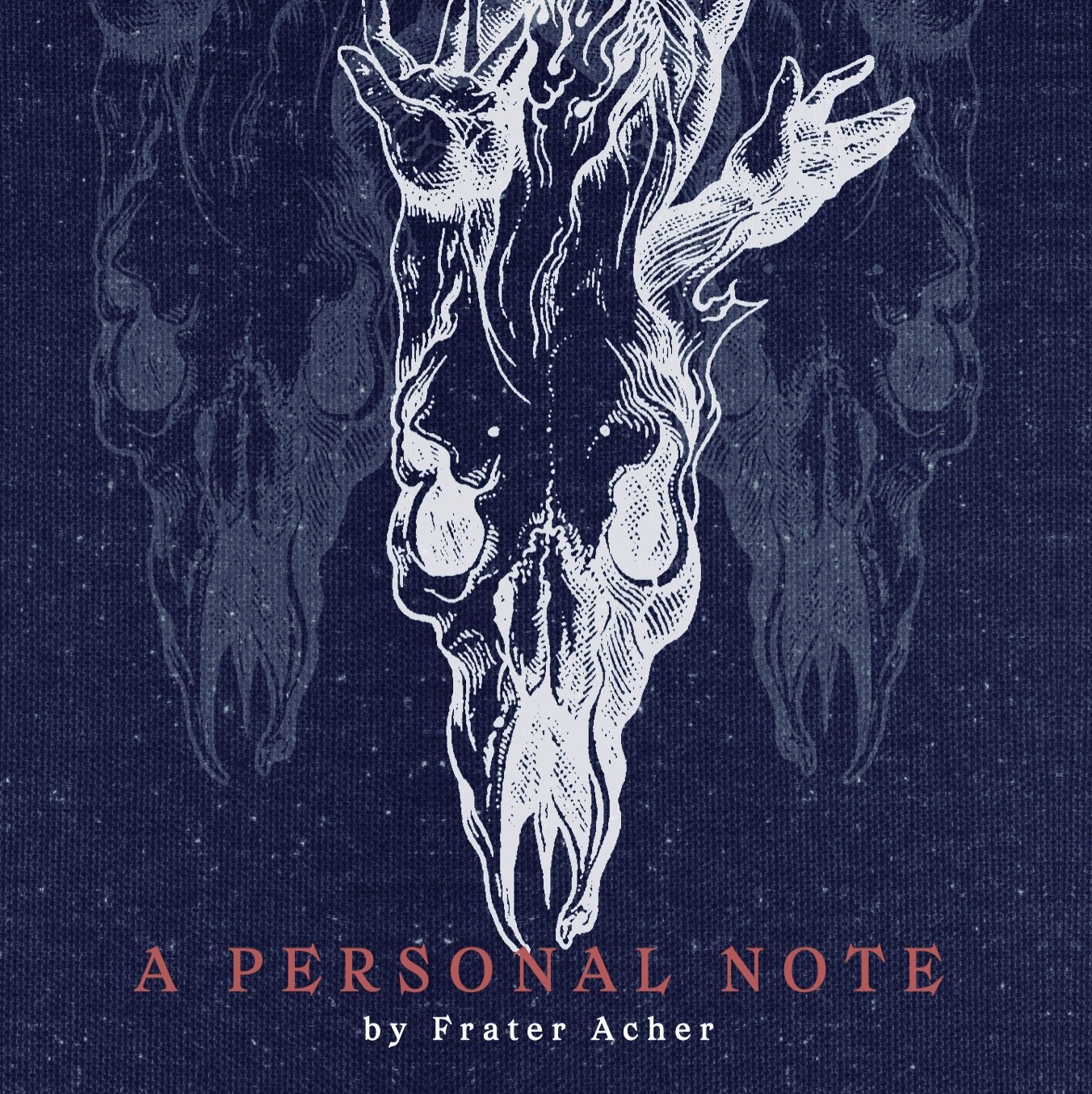A Personal Note
Many years ago I wrote a short piece on the path of the lone practitioner. These reflections were meant to be of general nature, not time bound – and as I read them today they still hold true. With the only caveat that I am no longer walking lonely, but in communion with my partner, Harper Feist.
What I have not spoken about, though, is how my personal approach to this path has changed over recent years. This is, of course, less important as it only affects my own experience and written works. However, as recent feedback showed apparently these shifts can make for rather magnificent misunderstandings. So I’d like to address a few things here.
My first few books were born from a deep longing for magical truth. That means, for techniques and tenets that would stand the test of time, that were stable enough to build bridges between historic expressions of magic and modern approaches, and that could be used as way-markers for others to enter a spiritual arena that was both magical and mystical in nature. Among these books I’d count Holy Daimon, Black Abbot•White Magic, Rosicrucian Magic, Ingenium – Alchemy of the Magical Mind, and Holy Heretics. Over the years, as these books came to life, I also published numerous related free articles on my blog at theomagica.com. All of this material was written between 2010 and 2022. From where I stand at least, it is best described as a lone practitioner’s pursuit of the Western magical mysteries, both via historic records and first-hand experiences. Just like we love each of our children in their own way, so I relate to each of these books deeply still.
Then came the first shift. This was around the time when the practical ramifications of Jake Stratton-Kent’s Geosophia really sank in for me. Out of this shift initially emerged Goêtic Common Sense, then Clavis Goêtica: Keys to Chthonic Sorcery. Once these two books were brought to paper, the damage was done. There was no return to a Christian-mystical inspired theomagica. So a little later, I set up camp at goêteia.com and, starting around 2022, began an intense period of walking out into the remote Alps – a skull, a dagger and some candles in my backpack – with the intention of returning to the Western roots of magic via the only vehicle that’s worth counting on: my own bodymind, and its porous hive-limbs that seem to reach deep down and high up into the world.
That was also the period when I began to post more about my ritual work on instagram. This, too, arose and continues to arise from a principle that has been a cornerstone of my life for over thirty years: the strive to discover beauty wherever my path leads me. I won’t bore you here with the Lurianic concept of tikkune, which first helped me understand the possibility of such a way of life. I try to hold on to this pursuit, whether I am in an emergency ward or boardroom, kitchen or cabin, or out in the open. The animistic altars that have become an integral part of my work in the wilderness are never planned. They arise in the moment and respond to the situation at hand. Yet, despite or maybe because of their spontaneity and the goêtic otherness that penetrates them, they make me feel at home like few other things on this planet. Sitting in their presence returns me to hope immediately, whatever my bodymind was caught in before. So I decided to share them with you, as a rebellious act of fleeting beauty, in a world obsessed with performance and utility. More importantly, the goêtic spirits genuinely liked this idea, of infusing their lore with fresh iconography, without revealing anything about the actual moments and places of encounter we share.
The second shift happened some time into my goêtic journey. It was less dramatic, and more an evolution of where I had arrived: I realized the magic I was hoping to make accessible was not out there but right here, around and within us. That led my journey to re-evaluate the function, meaning and nature of ritual tools (Trutmezzer) as well as our own body in magic (Mutabor).
Less visible maybe from the outside, the person, biography and work that holds together my contributions under theomagica.com and goeteia.com is none other than Paracelsus himself. Deeply rooted in a Christian culture and worldview, he became the paramount heretic of the 16th century: Unruly, loud, insulting, drunk, and at the same time incredibly tender, clear, uninhibited, daring, and reckless in his radically solitary quest to remarry animistic magic with the Christian world. Paracelsus was equally celestial mage and chthonic sorcerer, mystic and drunkard, everyone’s beggar and his own sole king. I carry his words with me wherever I go, like a hand on my shoulder from a mentor beyond the grave.
And here we are. At a place where I realize I might have opened plenty of doors for misunderstandings and misperceptions in my work: If you liked Holy Daimon or Holy Heretics, you might have been rather disappointed with my goêtic works. If you like your magical books technique- and results-focussed, Goêtic Atavisms probably was hard to swallow, and Mutabor seemed a waste of time. I get it. You are searching for more chapters on the struggle for truth while I am out there washing a skull in the river… You might look for tools and precision, when I increasingly aim to stray. For in my mind – and in most situations where nothing is certain – a playful step forward is better than a stomp of salute.
All this is to say, I am sorry if you feel Frater Acher lost his way. After all, we each are not brands but adventures – and at least on my part, I strive to live as such. So anybody looking for more of the same, will find me on course to terribly disappoint. Hear it from me first: from here onwards, it will only get stranger… What you can count on always, though, is that the core of why I believe I am in this world and of what I want to share with you will never change: The ideal of experiencing life through a lens of wonder and beauty, the aspiration of enabling both new ways of seeing and interacting with Radical Otherness, and the hope that I can help us to see, we are each a bridge leading to many places.
May the serpent bite its tail.

